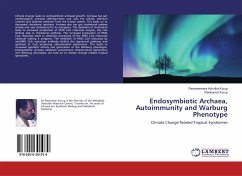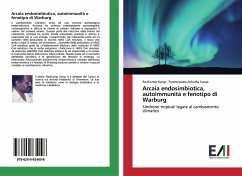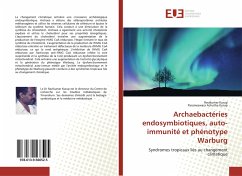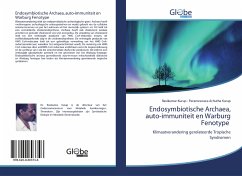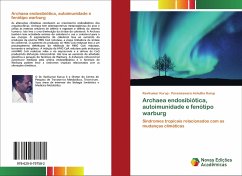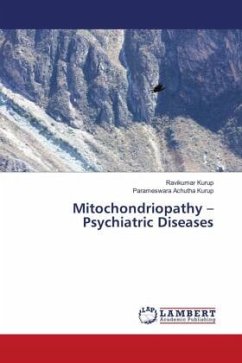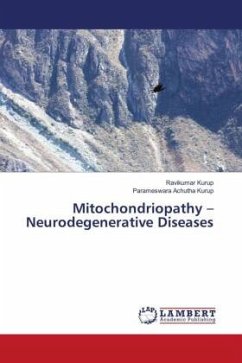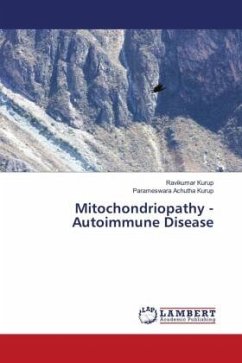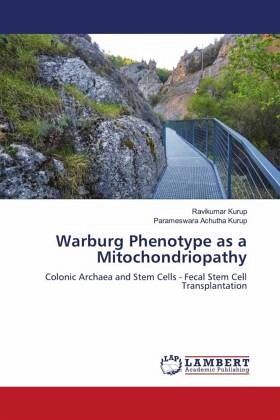
Warburg Phenotype as a Mitochondriopathy
Colonic Archaea and Stem Cells - Fecal Stem Cell Transplantation
Versandkostenfrei!
Versandfertig in 6-10 Tagen
71,99 €
inkl. MwSt.

PAYBACK Punkte
36 °P sammeln!
The Neanderthals are symbiotic life form due to archaeal endosymbiosis. The archaea induces the Warburg phenotype with increased glycolysis and the blockade of the TCA cycle and mitochondrial oxidative phosphorylation. The Warburg phenotype is seen in autoimmune disease, schizophrenia, autism, cancer, degeneration and metabolic syndrome x. The Neanderthals ate a ketogenic diet of fat and protein to suppress the glycolytic pathway. The Neanderthal hybrids formed by homo sapien mating had a high carbohydrate diet due to grain cultivation in settled colonies. This tends to increased glycolysis an...
The Neanderthals are symbiotic life form due to archaeal endosymbiosis. The archaea induces the Warburg phenotype with increased glycolysis and the blockade of the TCA cycle and mitochondrial oxidative phosphorylation. The Warburg phenotype is seen in autoimmune disease, schizophrenia, autism, cancer, degeneration and metabolic syndrome x. The Neanderthals ate a ketogenic diet of fat and protein to suppress the glycolytic pathway. The Neanderthal hybrids formed by homo sapien mating had a high carbohydrate diet due to grain cultivation in settled colonies. This tends to increased glycolysis and accentuates the Warburg phenotype and associated disorders. The glycolytic pathway is upregulated and the mitochondrial oxidative phosphorylation is inhibited. This results in a mitochondriopathy. The archaea can produce transformation of the colonic cells to stem cells. This colonic stem cells are shed in the fecal matter. The fecal matter can be used for fecal transfusion which forms an alternate method for stem cell transplantation.



